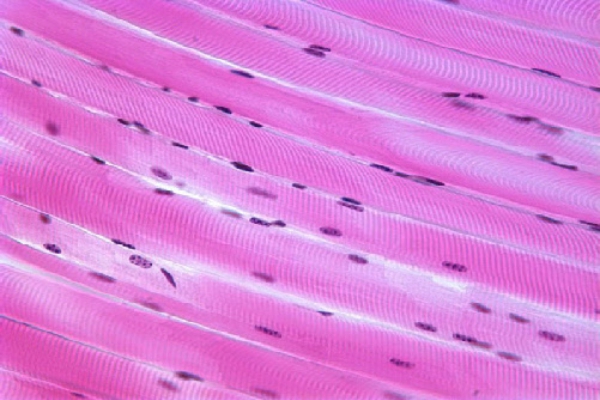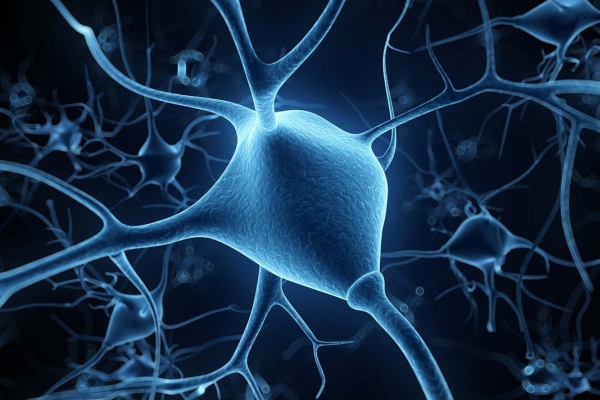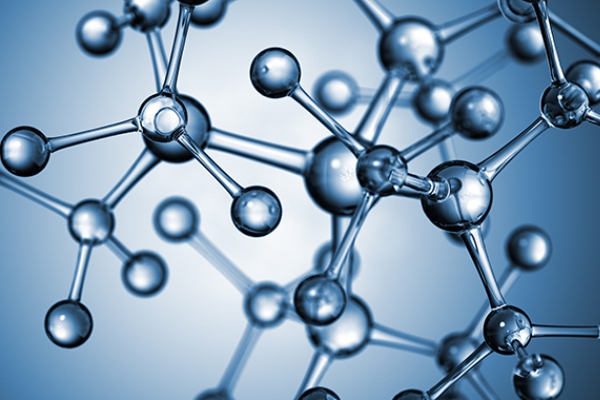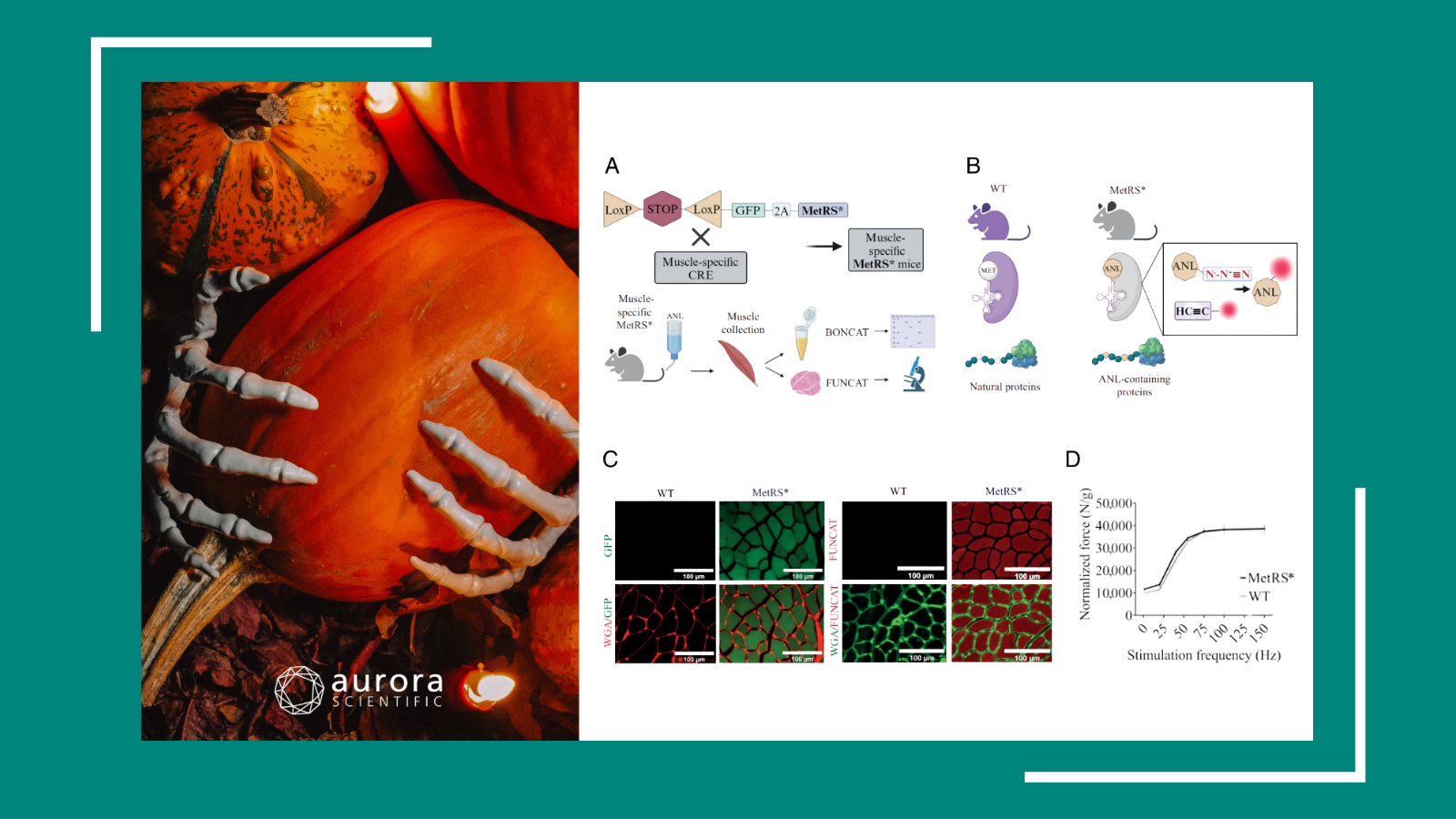Applications
Aurora Scientific’s muscle physiology products are designed to test the force-length-velocity characteristics of all types of muscle ranging from myocytes to dog hind limb muscle. Our muscle physiology instruments include Dual-Mode levers, length controllers, force transducers, stimulators, data acquisition hardware and software and experimental apparatus. All of our products are sold individually or in complete systems. With our complete systems, muscle physiologists can precisely measure force, length, sarcomere length and ratiometric calcium. Our systems allow all standard muscle physiology protocols to be run, such as twitch, tetanus, fatigue, force-frequency, force-velocity, stiffness and work loops. In addition, our systems have the flexibility that allows the researcher to customize experimental protocols to meet their needs.
Neuroscience
Aurora Scientific has developed innovative test systems used in olfactory research to validate odors presented to specimens and to track pheromone and plume dispersion. In addition, Aurora Scientific utilizes their Dual-Mode muscle levers as mechanical stimulators to provide a precise, controlled force output for use by researchers measuring neuronal response to touch, pain and stretch. Furthermore, many neurophysiologists study an interdisciplinary field of neuroscience and muscle physiology looking at neural activation and sensory feedback of muscle tissue. Aurora Scientific’s Dual-Mode levers aid in characterizing muscle mechanics in models of neural regeneration and disease.
Materials Science
Aurora Scientific’s unique Dual-Mode muscle lever aids a variety of researchers looking at materials such as MEMS, hydrogels, artificial muscle, nanowires and carbon fibers. Easily and accurately measure tensile strength, elasticity, detaching force, shear fracture and deformation of most materials with the control and measurement of both force and length. Other Aurora Scientific products useful in materials research include our line of high-speed length controllers and our ultra-low compliance, high-sensitivity force transducers.
Featured Content
Best of 2025: Pushing Scientific Boundaries
Continuing our annual end-of-year tradition, this year’s final publication review spotlights the standout studies that captured the imagination of the field, pushing the boundaries of sensory ...
Advancing Sarcopenia Research: CUHK Lab Unveils Early NMJ Deficits in Aging with Aurora Scientific’s 1200A
Recent interview with Louis Cheung, PhD and Can Cui, PhD from the CUHK Department of Orthopaedics and Traumatology about Sarcopenia and NMJ Function in ...
Calling in Reinforcements: Tube Repair of an ASI 400 Series Force Transducer
A step-by-step tech cast on how to perform a tube repair for Aurora Scientific's 400 Series Force Transducers, Katherine will share tips, tricks and best practices for best ...
Building Bridges in Muscle Research: AMB’s Innovative Approach and Partnership with Aurora Scientific
Hear Dr. Anthony Hessel and Dr. Khoi Nguyen chat about Accelerated Muscle Biotechnologies beginnings, their goals for the small angle x-ray diffraction technique in research, and their future ...
Nociceptive November
In honour of SfN 2025 this week in San Diego, we’re embracing a pinch of “Nociceptive November” by diving into the nitty-gritty of touch, pain, and everything in between. From brain–computer ...
tWitches, Skeletal Muscles, and Ghost Fibers
This season, we're diving into the realm of fast-tWitches, ghost fibers, and bone-chilling biochemical mysteries. From fucoidan extracts that ward off heat-induced muscle decline, to neural signals ...









